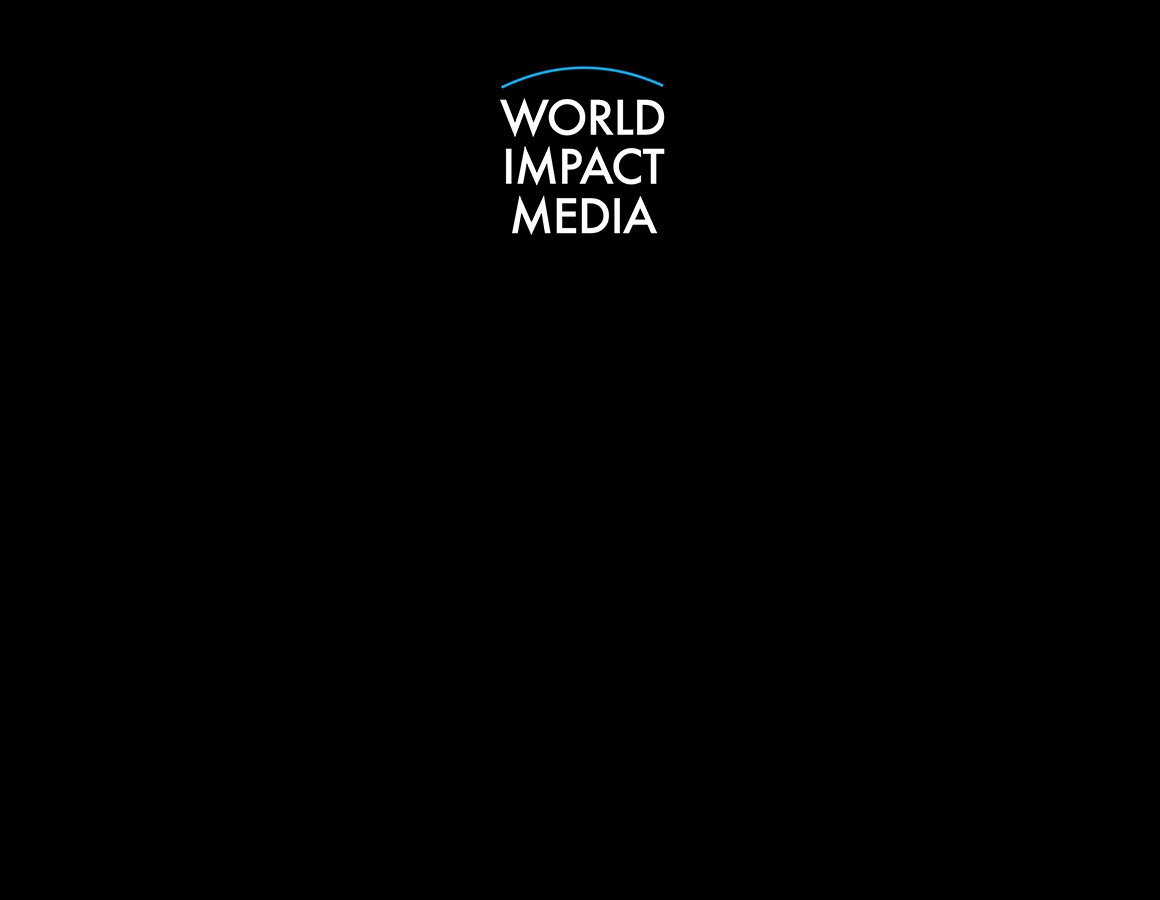Once known primarily as the factory floor of the global fashion industry, China is now flipping the script—no longer just manufacturing for high-end luxury brands like Louis Vuitton and Gucci, but selling directly to consumers at a fraction of the price. With deep roots in global production and rising consumer confidence, Chinese companies are now offering near-identical quality at prices that are up to 90% lower than traditional luxury retailers.
From Manufacturer to Market Leader
For decades, many of the world’s top luxury brands have relied on Chinese factories for everything from raw materials to stitching and packaging. These factories developed the skills, infrastructure, and technology to produce premium-quality goods—all while remaining in the background, invisible to the end customer.
But that’s changing fast.
Many of these manufacturers have now launched their own direct-to-consumer (DTC) labels or are quietly selling “unbranded luxury” through online platforms like Taobao, Pinduoduo, Alibaba, and even TikTok Shop. Some are using the same materials and craftsmanship as the top-tier names—just without the designer logo or international markup.
How Much Cheaper Is It Really?
The price gap is staggering. Here’s a rough comparison between branded items and their factory-direct equivalents:
| Item | Louis Vuitton / Gucci Price | China Factory-Direct Price |
|---|---|---|
| Leather Handbag | $2,000 USD | $150–$300 USD |
| Cashmere Sweater | $1,000 USD | $80–$150 USD |
| Designer Belt | $600 USD | $40–$70 USD |
| Sneakers | $900 USD | $100–$200 USD |
These products often feature high-quality leather, hand-stitching, real gold-plated hardware, and precise craftsmanship—mirroring luxury standards without the name-brand markup.
Why Is China Doing This Now?
- Shift in Global Power: As Chinese manufacturers grow confident in their skills and market knowledge, they no longer want to stay in the shadows of global luxury empires.
- Digital Platforms: E-commerce platforms allow factories to sell directly to consumers worldwide, skipping middlemen and retailers.
- Brand Fatigue: Many consumers, especially Gen Z and Millennials, are more focused on quality and value than brand labels. They seek uniqueness and affordability over logos.
- Economic Strategy: Amid rising tensions and tariffs with the West, China is focusing on domestic consumption and self-reliance—creating its own brands rather than feeding foreign ones.
What Does This Mean for Traditional Luxury?
The luxury industry is watching closely. If China continues this direct-to-consumer push, it could trigger a major shakeup in global fashion, challenging the long-held dominance of European and American labels. Some predict this could lead to more “quiet luxury” trends—where quality and design matter more than flashy logos.
Additionally, as more consumers become aware of the price differences and the true source of luxury goods, the appeal of paying thousands for a name may start to fade.
Final Thoughts
In a bold twist, China is no longer just making luxury goods—it’s now selling them, too. By cutting out the brand and going direct to consumer, Chinese manufacturers are offering high-end quality at unheard-of prices. While big brands still hold the power of legacy and status, a new wave of “factory luxury” is gaining traction—and it might just redefine what we consider fashion’s top tier.
















